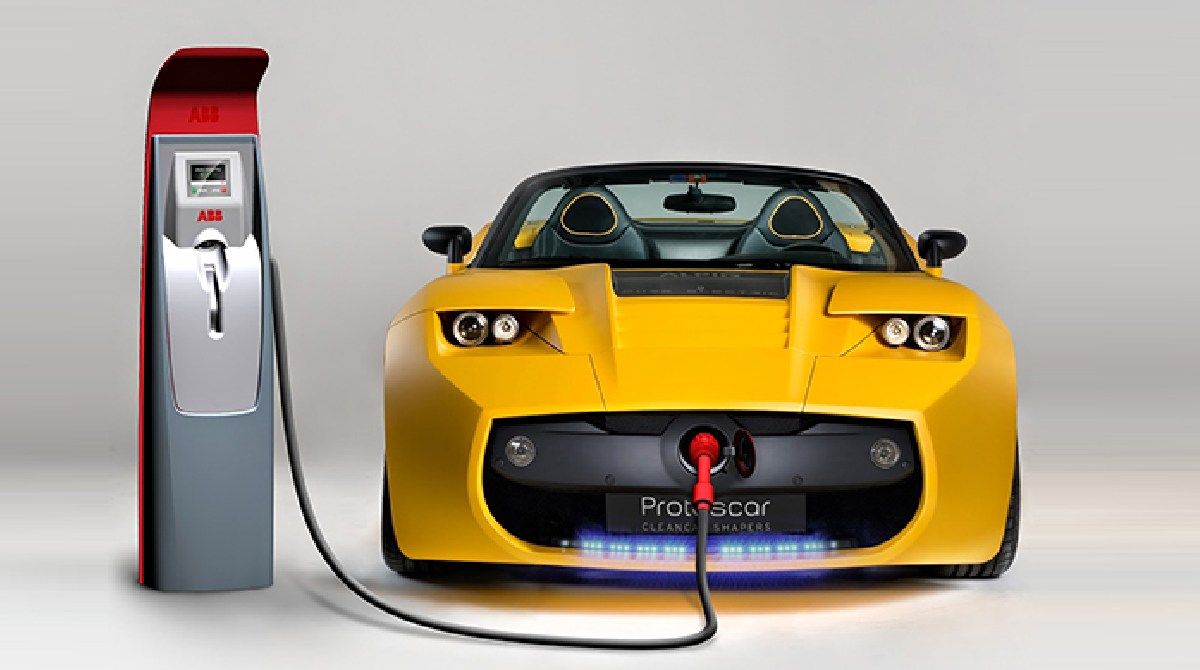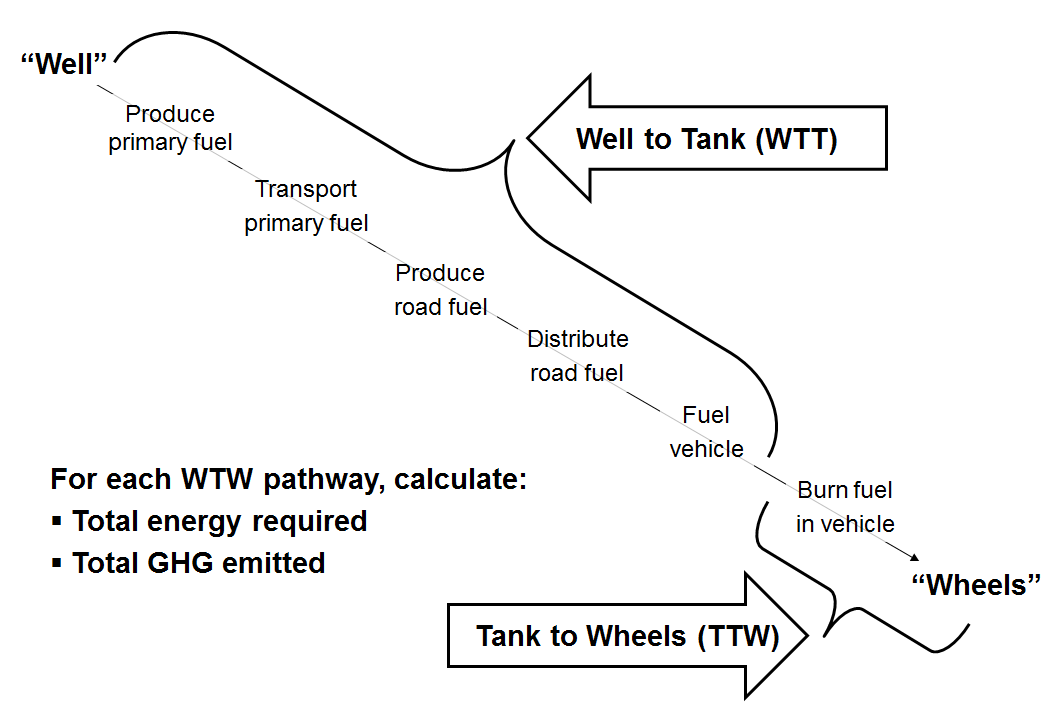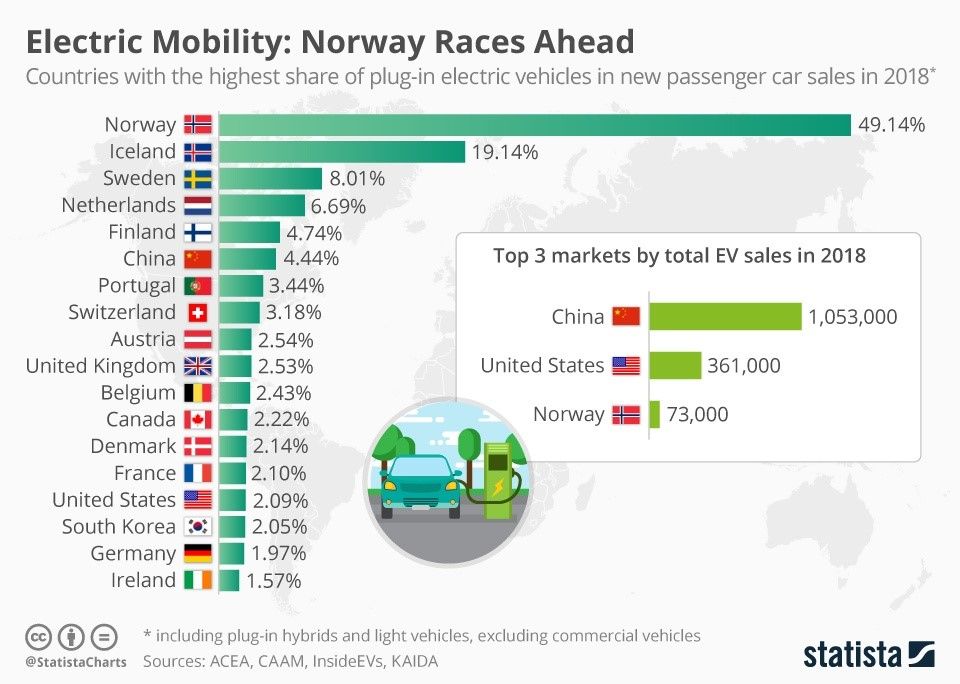The Hidden Costs of Electrification
by Admin. | Jul 14th, 2021

Everything comes with a price. Most of the time, this price goes unnoticed. Electric mobility has been a common tabletop discussion, but when you look at it intricately, there is more to it than what meets the eye. The main intention here is to help consumers see from a rational standpoint and to help visualize the broader picture. It is not just about developing electric cars but about establishing a conducive ecosystem which advocates development in a sustainable manner.
Electric cars have always been compared with their traditional IC siblings in terms of emissions from the tailpipe, i.e. from running the vehicle. But this comparison is irrational. Considering a Well-to-Wheel analysis is important to see the bigger picture. Well-to-Wheel emissions are the upstream emissions that accounts for the energy used and emissions generated from primary energy source (Well to Tank) through vehicle operation (Tank to Wheels). It discards the emissions from manufacturing, recycling and disposal.

A WTW comparison between an electric and a combustion vehicle may seem like an apple to apple comparison. However, there are certain costs which go overlooked. These can be categorized into manufacturing costs, human costs, socio-economic costs, political costs and so on. This article specifically emphasizes on the hidden costs incurred while manufacturing an electric vehicle.
Electric vehicles depend primarily on their batteries. The battery is a USP for most manufacturers which is used to lure customers. With the rise in demand of electric vehicles, the demand for batteries also rise proportionally, and this has resulted in the increase in demand for raw materials which make a battery.
“Manufacturers have realized the key trade-offs as cost, range, safety and battery life which indirectly links to recycling.”
“Norway has the highest market penetration per capita in the world, and also has the world’s largest plug-in segment market share of new car sales (recorded 49.1% in 2018).”
Manufacturers strive to hit that sweet spot to tackle range anxiety in customers. They either offer high range (large capacity) or low range with quicker charging times, whilst pricing it competitively and at the same time, ensuring reliability

Lithium-ion batteries are popularly used by many manufacturers with further up and coming technologies. Lithium is obtained from Lithium carbonate, the raw form of the metal. We are not abundantly gifted with this metal. It’s found only in a handful of places. The ‘Lithium triangle’ which comprises of Argentina, Bolivia and Chile have more than half of the world’s supply. Andrew Barron, a professor who specialises in “Low Carbon Energy and the Environment” at Swansea University, has estimated that – to make the switch to electric vehicles (in Wales alone) would use up all of Bolivia’s annual lithium output. Consultancy Cairn Energy Research Advisors predicts that the lithium ion industry is expected to grow from 100 GWhs (Gigawatt hours) of annual production in 2017, to almost 800 GWhs in 2027. Let alone that, lithium extraction demands immense quantities of water – approximately 500,000 gallons per tonne.
The extraction process could inadvertently cause the leakage of chemical substances into the water supply, one such chemical could be Hydrochloric acid used in the processing of Lithium. Lithium can also be mined from rock using more traditional methods, but it would still require the use of chemicals to bring it into a usable form. Lithium could theoretically be extracted from seawater in the future but will be an energy intensive process.
“Like any mining process, it is invasive, it scars the landscape, it destroys the water table and it pollutes the earth and the local wells. This isn’t a green solution – it’s not a solution at all.”
In terms of carbon footprint, the production of lithium-ion batteries for light electric vehicles releases on average 150-200 kilos of carbon dioxide equivalents per kilowatt-hour battery. One of the smallest electric cars in the market, Nissan Leaf, uses batteries of approx. 30 kWh; many new models have batteries of 60 and 100 kWh. An electric car with a 100kWh battery has thus emitted 15-20 tons of carbon dioxide even before the vehicle ignition is turned on. This calculation assumes a 50-70 per cent fossil share in the electricity mix. This data is according to a report published by Mia Romare et al. from IVL Swedish Environmental Research Institute.
Human costs – Electric vehicles have fewer components, which makes them easily manufacturable with less amount of workforce. With the advent of factory automation which will be a more plausible solution given the rising demand, lot of people are bound to lose their jobs to their robotic counterparts. Most of the extraction involved are via unethical means – child labor. Cobalt, which is another metal used to make up a battery is found abundantly in Congo where it is extracted from the ground by hand, often using child labor, without protective equipment.
Plenty of research has been conducted in this regard and most of them have concluded that electric vehicles eventually turn out to more beneficial to the environment compared to the conventional IC vehicles. United Nation’s sustainable development goals are focused on producing zero emissions and gives a foundation, upon which future vehicle protocols are built. It is essential that the aforementioned costs are taken into consideration for forthcoming studies. An organic growth rather than rapid commercialization of electric mobility is essential for a healthy and sustainable environment.


.png)
.png)

